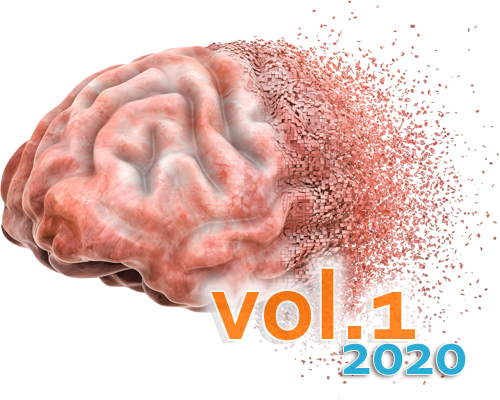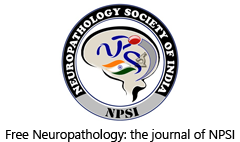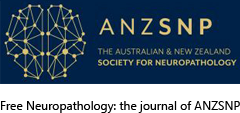Top ten discoveries of the year: Neurodegeneration
DOI:
https://doi.org/10.17879/freeneuropathology-2020-2634Keywords:
Neurodegeneration, Neuropathology, Alzheimer’s disease, Limbic-predominant age-related TDP-43 encephalopathy, Amyotrophic lateral sclerosis, Parkinson’s disease, Huntington’s diseaseAbstract
As we embark on a new year of scientific inquiry in neurodegenerative disease research, it is helpful to take a look back and consider the contributions in the field with the potential to be the most impactful. The purpose of this review is to highlight recent advances in 2019 which have the potential to be transformative in the field of neurodegenerative neuropathology. Substantive scientific progress rarely occurs as a “eureka moment”, and when possible, we opted to highlight collaborative efforts and research trends. We also included groundbreaking methodologies and tools. The generous increases in federal funding in the United States and elsewhere have massively expanded the total number of active programs researching Alzheimer’s disease. This exacerbates an imbalance, and an effort was made to highlight innovations across disease categories, and not to permit dementia to crowd out movement disorders, motor neuron disease, ataxias, etc. Thus, our overall goal was to highlight some of the most important discoveries, tools or methods that we feel will most likely directly enhance our ability to understand and diagnose neurodegenerative brain diseases. Given space limitations and the targeted readership of this journal, we selected ten topics most relevant to neuropathologists and clinical neuroscientists: 1. A new neurodegenerative disease category, 2. A new approach to probing gene expression on the single cell level, 3. A new approach merging histology and gene expression profiling, 4. A new computational approach using deep machine learning and computer vision, 5. A neuropathological substrate for sleep disturbance in Alzheimer’s disease, 6. A candidate pathogenic agent for Alzheimer’s disease, 7. A comprehensive approach to morphometric analysis of cerebellar neurodegeneration, 8. The strongest evidence yet linking neurodegeneration to contact sports, 9. Mounting evidence for gut to central nervous system transmission in Parkinson’s disease, and 10. A spotlight on glia in Huntington’s disease.
Metrics
Published
How to Cite
Issue
Section
License
Papers are published open access under the Creative Commons BY 4.0 license. This license lets others distribute, remix, adapt, and build upon your work, even commercially, as long as they credit you for the original creation. Data included in the article are made available under the CC0 1.0 Public Domain Dedication waiver, unless otherwise stated, meaning that all copyrights are waived.



















